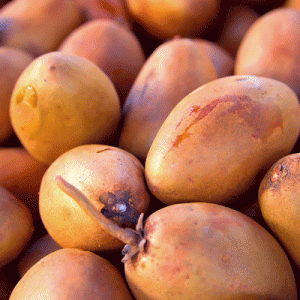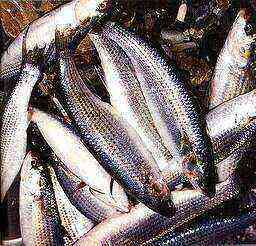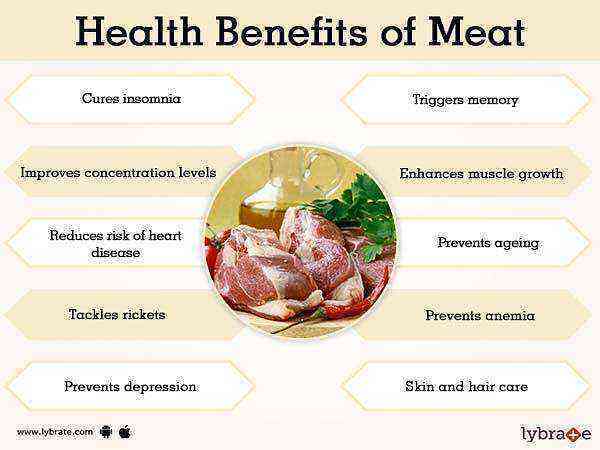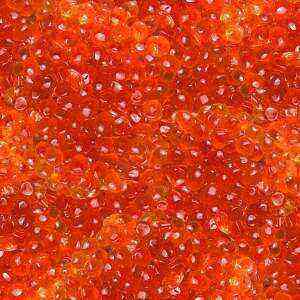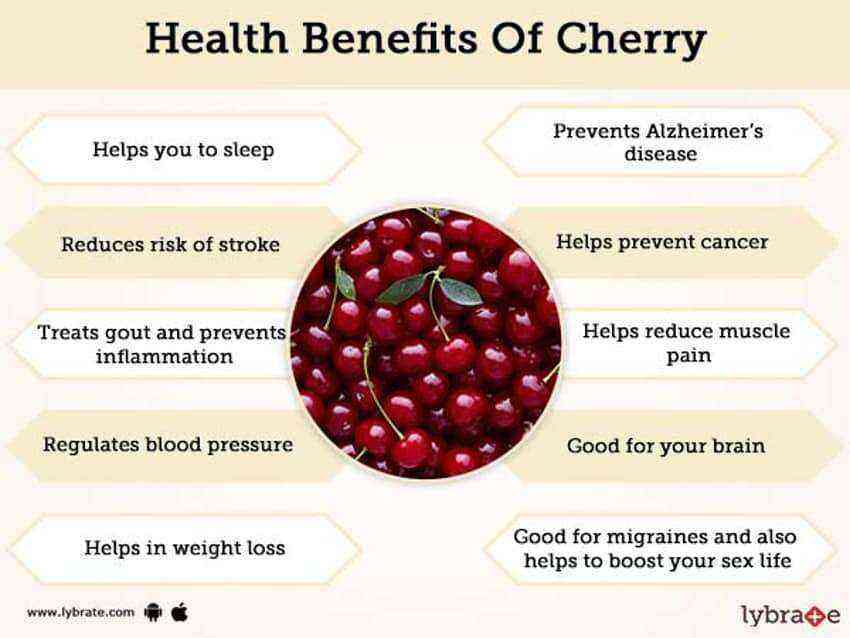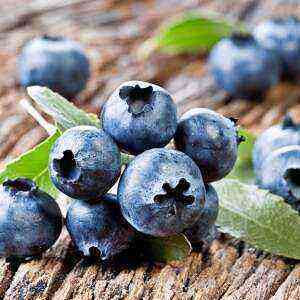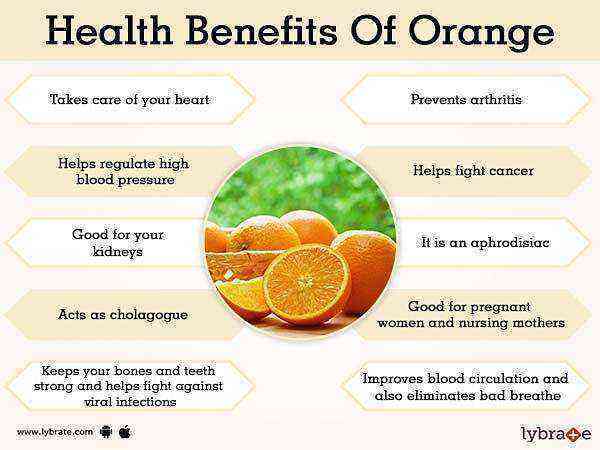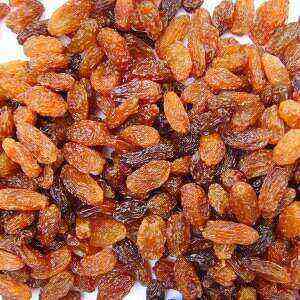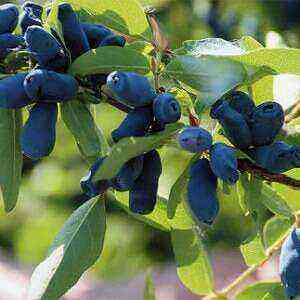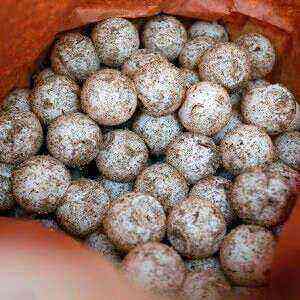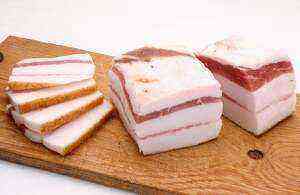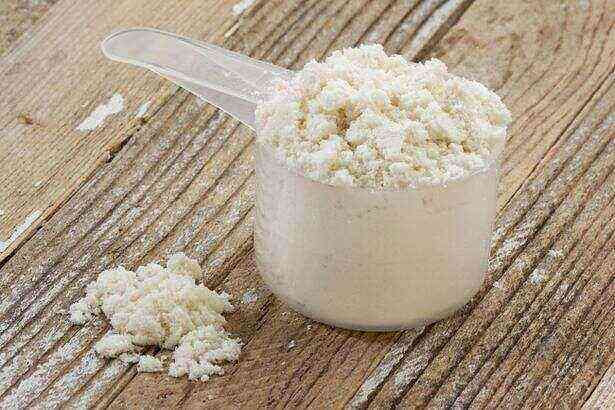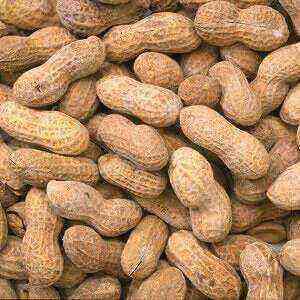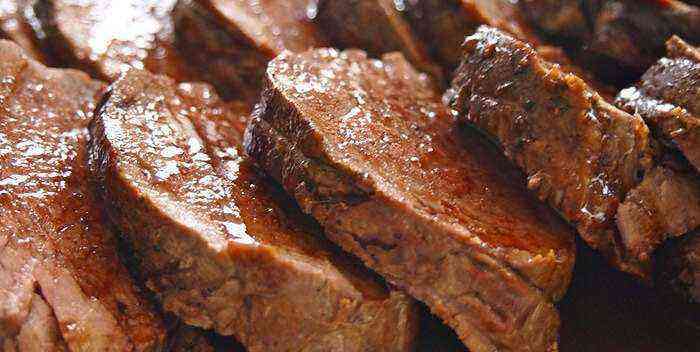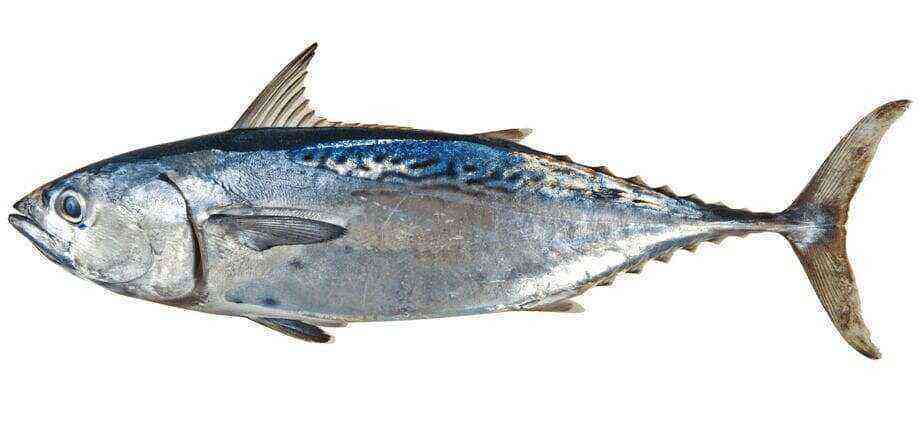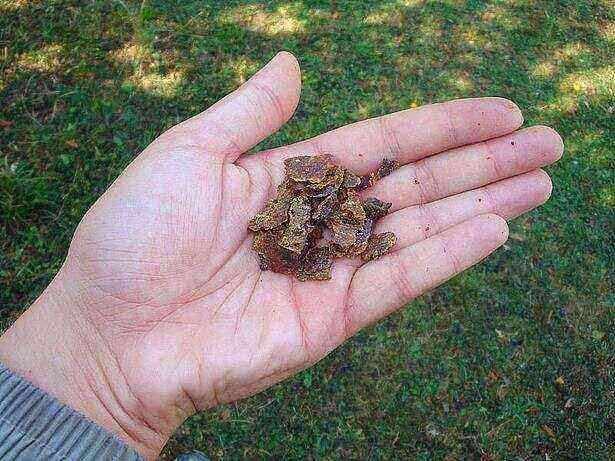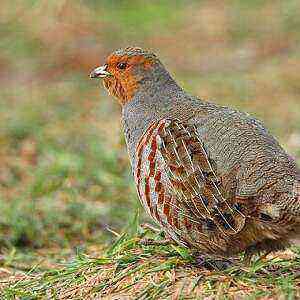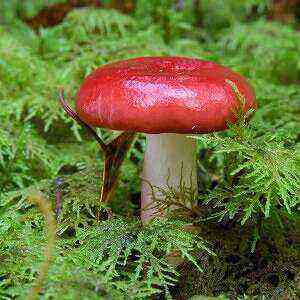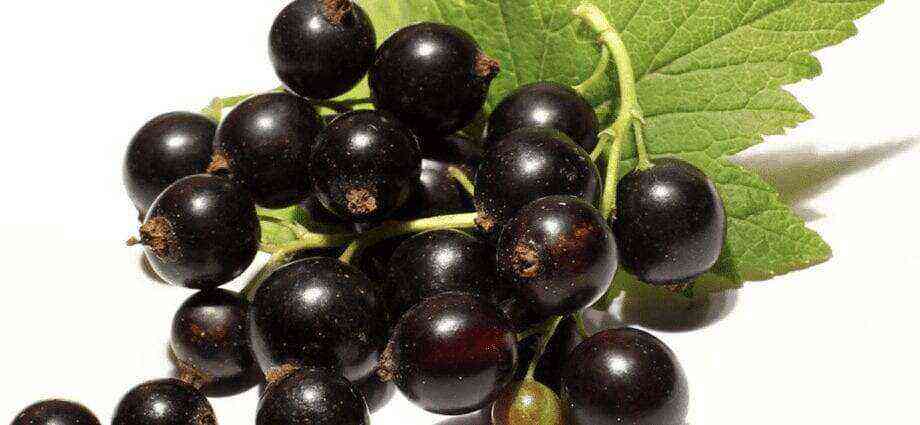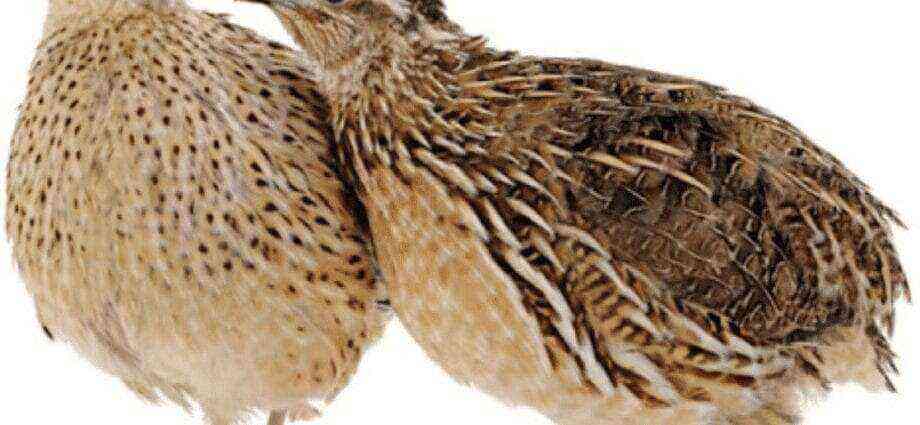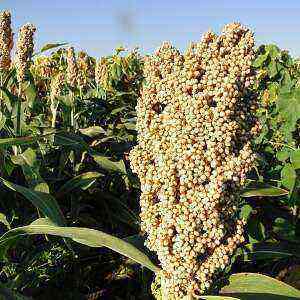
General characteristics
It is believed that the first ethnic groups that inhabited southern Egypt about 8 thousands of years ago began growing this crop. On the territory of Africa and Australia, archaeologists have found fossilized remains of sorghum, which are approximately 5 thousands of years old. This herb has also been cultivated since ancient times in India and China.
Today, sorghum is grown all over the world, but most often this cereal appears on the tables of people in Indonesia, countries in Africa and South America. This grass tolerates drought and high air temperature, so it is often grown in the most arid regions where other grains do not grow.
Sorghum is a tall grass with a strong stem and flat narrow bright green leaves, pointed at the ends. In the period of drought, they curl. Thus the plant is protected from excessive loss of moisture. In addition, a layer of wax covering the green, also serves as an excellent protection against moisture loss. Adult plants can reach almost 2 meters in height, but cultivated varieties, as a rule, do not exceed the 1,5 meter (such plants are easier to collect). This herb has a well-developed root system, which provides rapid absorption of nutrients from the soil.
During flowering, bisexual flowers appear on the grass, collected in erect panicle inflorescences. Sorghum seeds are round or oval, very reminiscent of millet. In one panicle there can be from 800 to 3000 grains. In different varieties (and there are more than 30 of them), grains may vary in color (there are white, yellow, pink, purple, red or brown). Some varieties are grown as fodder, others as a food source, and others as a technical plant. All varieties of sorghum are usually classified into 4 groups. Cereals are used for the production of flour and starch. Grassy serve as raw materials for hay and silage. Sugar sorghum is useful as a source of syrup and biofuel, and the technical variety is known for its brooms made from it.
Nutritional Characteristics
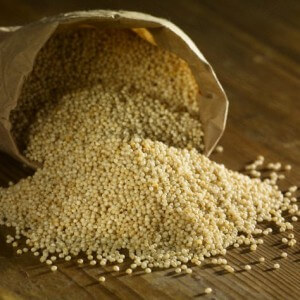
Scientific research indicates that sorghum has a high nutritional value. These grains contain a large amount of unsaturated fats, fiber, and B vitamins. In addition, scientists say that this product has more antioxidants than blueberries and pomegranate. This culture is surprisingly rich in phenolic compounds and anthocyanins, which are known for their ability to reduce inflammation and protect against free radicals.
The zinc and magnesium contained in the grains make the product useful for maintaining the healthy functionality of the nervous system. In addition, do not forget that magnesium contributes to better absorption of calcium, which is important for bone tissue (in particular to prevent osteoporosis and arthritis). And thanks to a wide range of B vitamins, sorghum is considered food that is good for eye health (in particular for the prevention of glaucoma and cataracts). Also, small reserves of vitamin C were found in this grain. This means that porridge, although not suitable as the main source of ascorbic acid, is quite suitable as an additional source.
Nutritional Value for Raw Grain 100
Calories 329 kcal Proteins 10,62 g Fats 3,46 g Carbohydrates 72,09 g Vitamin B1 0,332 mg Vitamin B2 0,096 mg Vitamin B3 3,688 mg Vitamin B5 0,367 mg Vitamin B6 0,443 mg Vitamin B9 20 μg Vitamin E 0,5 mg Calcium 13 mg Copper 0,284 mg Iron 3,36 mg Magnesium 165 mg Manganese 1,6 mg Phosphorus 289 mg Potassium 263 mg Selenium 12,2 μg Sodium 2 mg Zinc 1,67 mg
Health benefits
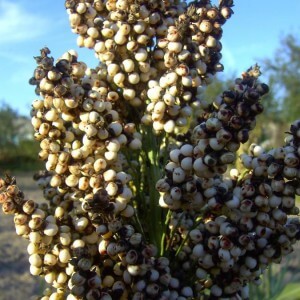
Gluten free
Gluten (or gluten) is a protein found in crops such as wheat, barley, rye. Thanks to gluten, the flour from these grains gives the dough a special consistency that is most suitable for bread and pasta. But gluten can cause inflammatory reactions in people with celiac disease or hypersensitivity to gluten. The seriousness of this disease is indicated by the fact that it can cause joint pain, as well as serious intestinal disorders. Today, the only way to avoid the dangerous consequences of gluten intolerance is to completely abandon gluten.
Italian scientists conducted a serious analysis of different varieties of cereals and determined that the sorghum does not contain gluten. So, this product is completely safe for people with celiac disease.
Fiber Source
One of the biggest benefits of whole grain food is its high fiber content. You can not say about the refined grain. Sorghum does not have an inedible shell, like many other cereals, so these seeds are eaten whole. And it says that in any case sorghum is a real storehouse of fiber. Fiber-rich foods are important for the digestive system. Such food supports a healthy hormonal background, prevents cardiovascular diseases. In addition, foods rich in fiber, has a lower glycemic index, so it is useful for people with diabetes.
For every 100 g of sorghum, approximately 7 g of dietary fiber, predominantly insoluble, is contained. But besides it, beta-glucan was found in grains, known for its prebiotic properties and ability to lower cholesterol. In other words, beta-glucan enhances the beneficial effects of fiber.
In addition, studies show that consuming whole grains reduces mortality from cardiovascular diseases, and also reduces the amount of cholesterol in the blood, and contributes to proper blood coagulation.
Antioxidant food
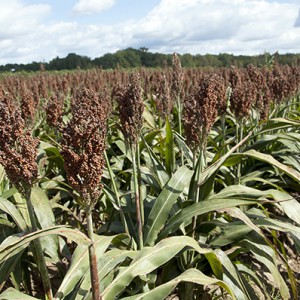
Antioxidants are beneficial to humans, as substances that slow down the aging process. Increasingly, science has proven that antioxidant-rich foods are important for the prevention of cardiovascular diseases, cancer, 2 type diabetes, and certain neurological diseases.
Polyphenolic substances contained in this grain are useful for strengthening immunity, and also effectively protect the body from the harmful effects of tobacco and alcohol.
Improves the digestive system
As already mentioned, sorghum supplies the body with large portions of fiber. And this ingredient is essential for proper functioning of the digestive system. Fiber is called the best medicine against constipation. In addition, we should not forget that dietary fibers help regulate cholesterol levels, prevent the formation of kidney stones and gall bladder, and are also useful in preventing hemorrhoids and diverticulitis.
Prevents cancer
Some phytochemical components of sorghum, as has been proven in the laboratory, inhibit the growth of cancer cells, especially in the case of malignant tumors on the skin or in the gastrointestinal tract. Years of research have confirmed the benefit of sorghum in reducing esophageal cancer. Observations were carried out around the world, including some African countries, Russia, India, China and Iran.
In sorghum, scientists have found the chemical compound 3-Deoxyanthoxyanin, which has anti-cancer properties. By the way, studies have shown that the amount of this substance in different varieties of crops is not the same: the darker the grain, the greater the useful anti-cancer substance in them.
Useful for people with diabetes and obesity.
Sorghum is a source of complex carbohydrates, which are absorbed by the body more slowly, which means that they do not cause sudden surges in glucose in the blood.

Possible side effects
As with most cereals, sorghum contains some substances that impair the bioavailability of the minerals contained in it. These inhibitors are concentrated mainly in the outer shell of the grains. But there is good news: soaking sorghum in slightly acidified water (lemon juice or apple cider vinegar) will help neutralize these dangerous substances.
Another caveat associated with high fiber content in the product. In order to prevent constipation amid consuming a large amount of fiber, it is important to drink plenty of fluids. In addition, fiber is contraindicated in acute exacerbations of gastrointestinal diseases.
If you are going to try sorghum for the first time in your life, then it is advisable to start with a small portion of the product and allow the body to get used to the novelty. Only then can you include grain in the diet on an ongoing basis.
What is sorghum useful for?
Certain sorghum varieties fall into the diet of people in the form of whole grains or crushed into flour. Also, some types of culture are used as feed for livestock and birds. But the benefits of the plant do not end there. The red pigment extracted from a plant in Africa is still used to dye the skin. Strong sorghum stems are suitable for making baskets, and brooms, brooms, cloth and paper are made from technical grade. Also, this herb serves as a raw material for the production of ethanol, which is then used as a biofuel. In cosmetology, crushed grains are added to a mixture of body scrubs and masks for the skin. Plant extract includes skin care products as a component that promotes rejuvenation, toning and improving skin structure.
How to cook
Sorghum can come in different forms: as whole grains or as flour for gluten-free baking. By the way, some gourmets say that sorghum flour is more like other gluten-free flours. Many people use sorghum flour for the preparation of cakes (depending on the components, you can prepare sweet, salty or unleavened cakes) and various types of baking. The flour from this cereal is beige or white, with a soft texture and a delicate, slightly sweet taste. But you need to know about the features of this product. It has a high starch content (almost 70%). So, to give the test viscosity, it must be kneaded in hot water.
Milk porridges are prepared from grain, dishes resembling pilaf, boiled grains are added to salads. But it is worth knowing that sorghum is more than other grains absorbs moisture, and therefore it must be boiled in plenty of water. Prepare porridge on the same principle as the other cereals. By the way, if the grains are soaked for 6-8 hours before cooking, they will brew faster. Sorghum and water are taken in 1: 3 proportions.
This grain can also serve as a component of ready-made breakfasts, cakes, snack foods, and a variety known as lemongrass is used as a seasoning. In addition, it is used in the production of fermented alcoholic and non-alcoholic beverages. And the juice extracted from the cane of this culture has the properties of a good sweetener. But with the popularization of glucose, the demand for sorghum syrup has dropped sharply.
Many sorghum is known exclusively as a material for the manufacture of brooms. But if you learn more about this culture, it becomes clear that the main role of this herb in a completely different way is to give people health and energy.

